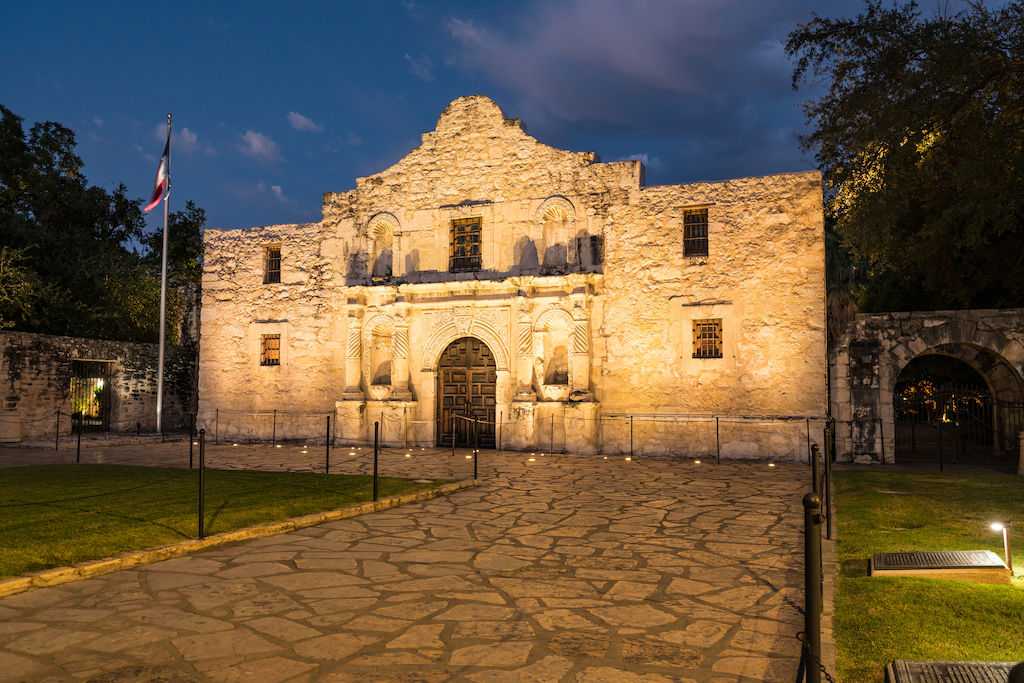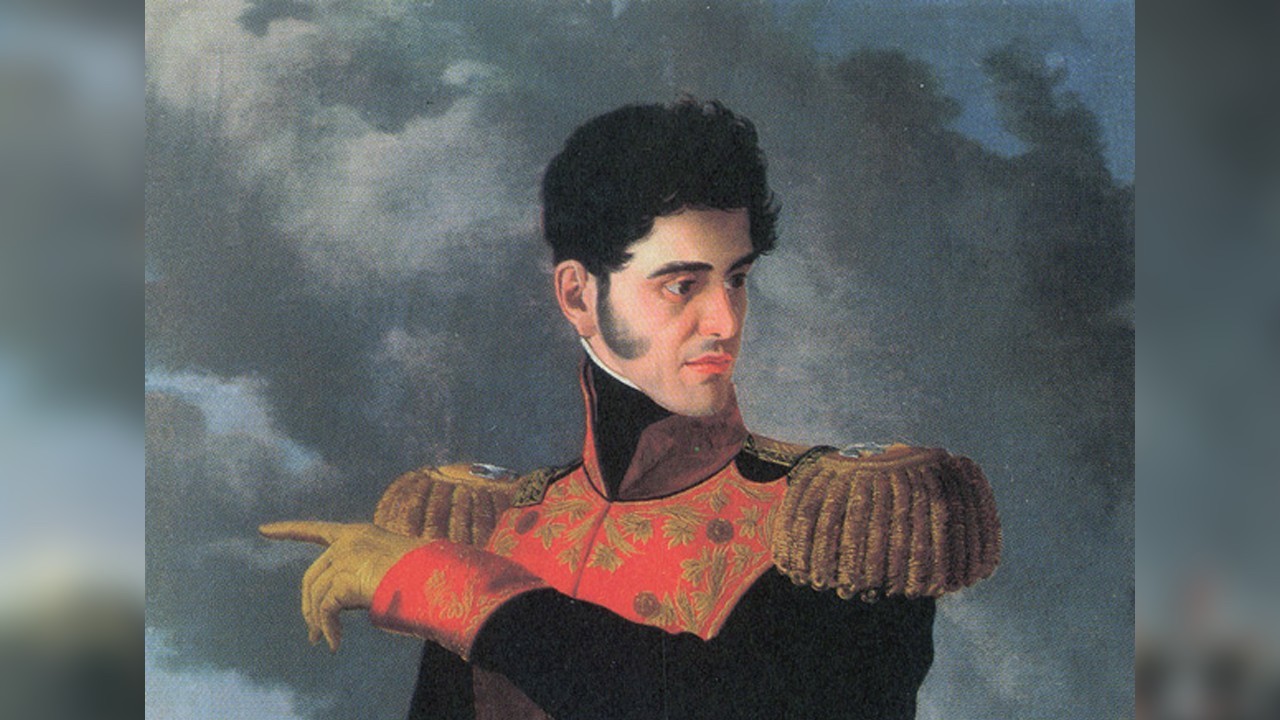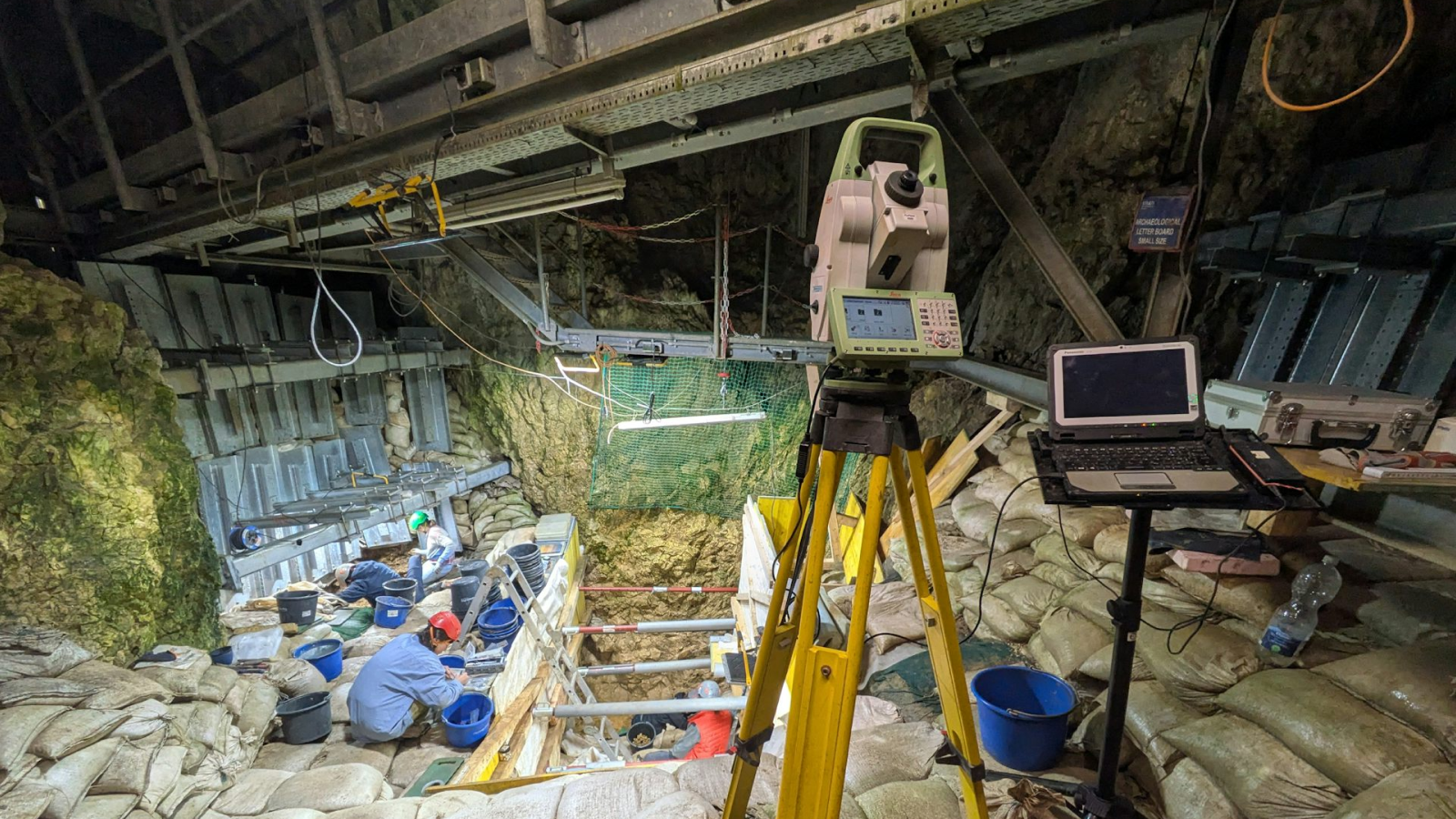Battle of the Alamo: Background, events and aftermath
During the Battle of the Alamo, outnumbered Texan rebels defended against a Mexican army
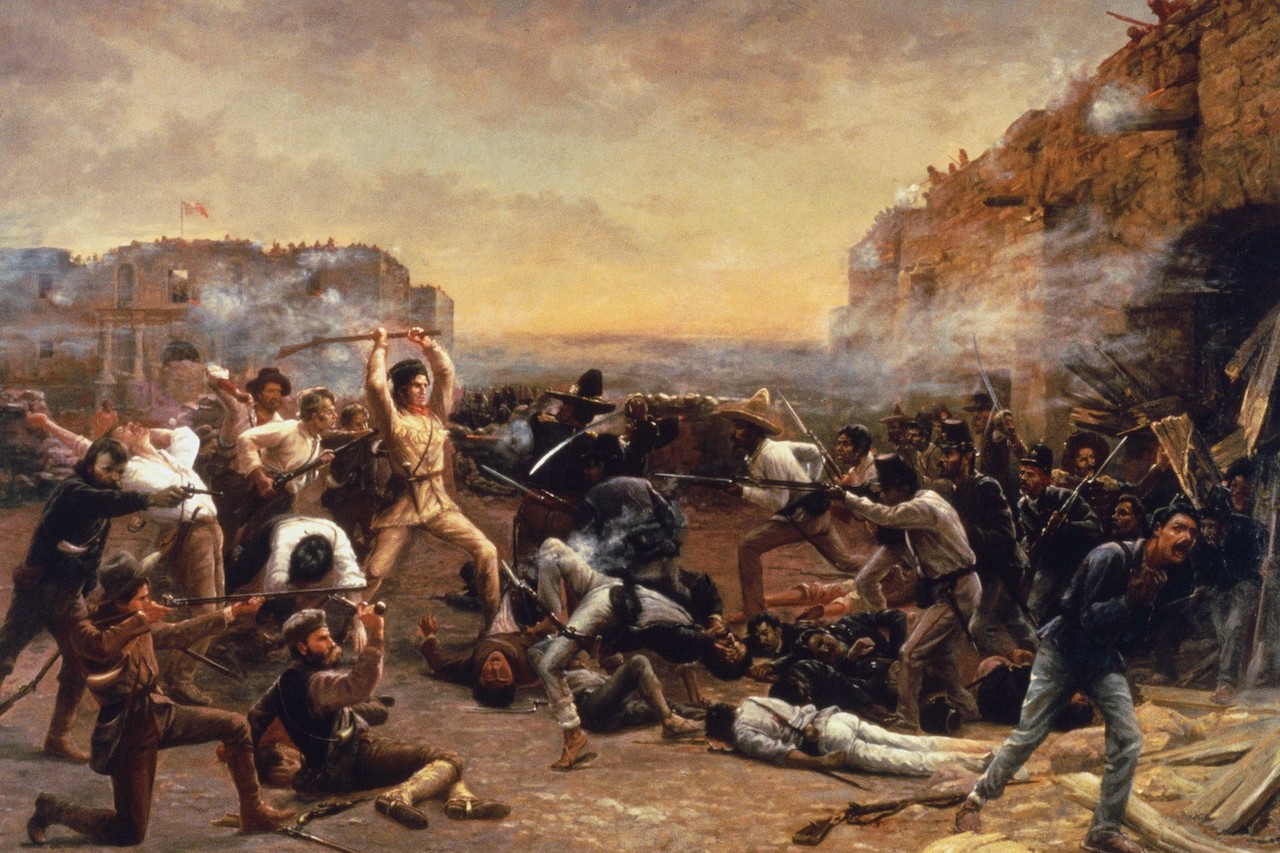
The Battle of the Alamo took place in early 1836, during the Texas Revolution. It was fought between Mexican and Texan forces at a fort called the Alamo in San Antonio. During the Battle of the Alamo, thousands of Mexican soldiers besieged a small force of around 180 Texan rebels, who held out in the fort for two weeks.
The siege of the Alamo lasted for 13 days, from Feb. 23 to March 6, 1836, when the Mexican army surrounded and attacked the Alamo. Between 1,800 and 6,000 Mexican soldiers besieged the fort, while the defenders numbered less than 200, according to Encyclopaedia Britannica.
The Mexican army eventually overwhelmed the defenders and captured the Alamo, but the Texan rebels' stand against the larger force became a symbolic moment and a rallying cry for the revolutionary movement, according to the Texas State Historical Association (TSHA).
Background to the battle
At the time of the Battle of the Alamo, Texas was under Mexican rule, but its leaders sought to become an independent nation. Many people emigrated to Texas from the United States and other countries, searching for land and opportunities after Mexico gained its independence from Spain in 1821.
In October 1835, after years of simmering tensions, many Texans, who were then called "Texians," rebelled against Mexico , after the Mexican government became a dictatorship under Antonio López de Santa Anna, wrote Will Fowler, a professor of Latin American studies at the University of St. Andrews in the U.K., in "Santa Anna of Mexico" (Bison Books, 2007).
Related: Alamo, San Antonio missions nominated for World Heritage Site
The Alamo was captured by the Texan rebels in late 1835, and Mexican forces were pushed out of Texas, but in 1836 Santa Anna mobilized another Mexican force and moved his army into Texas with the intention of ending the rebellion.
Get the world’s most fascinating discoveries delivered straight to your inbox.
Who were the leaders?
The large Mexican force was led by Antonio López de Santa Anna, according to the journal The Southwestern Historical Quarterly. Santa Anna became president of the independent republic of Mexico in 1833 and centralized power in Mexico, which caused the country to fall into a state of civil war, according to Alamo.org.
Gen. Martíin Perfecto de Cos also participated in the battle. His presence is controversial, as he had previously surrendered to the Texan force that captured the Alamo in late 1835. According to the San Jacinto Museum of History, in 1835 Cos agreed “to retire to the interior of the Mexican republic under parole of honor, and never again to invade Texas with arms.” Despite this, he joined Santa Anna’s army and led soldiers during the battle in 1836.
The commander of the Texan forces was Lt. Col. William Travis, a 26-year-old lawyer from Alabama, according to Humanities Texas, a nonprofit educational organization. In a letter to the people of Texas written during the siege, Travis wrote: "The enemy has demanded a surrender at discretion … I have answered the demand with a cannon shot and our flag still waves proudly from the walls — I shall never surrender or retreat," according to the journal Southwest Review.
Among the defenders was James Bowie, a land prospector, slave trader and militiaman. He is also famous for designing the Bowie knife with his brother Rezin, according to Alamo.org. After moving to Texas from the U.S. in 1830, he became a colonel in the Federal Army of Texas. Bowie arrived at San Antonio on Jan. 19, along with 30 volunteers to defend the city, according to TSHA. He was placed in command of the volunteers during the battle.
Another notable figure to fight and die at the Alamo was David Crockett, a famous American frontiersman and politician. He also served in the army under future President Andrew Jackson during the Creek Indian War, and tales of his adventures during this time formed the basis of plays and novels. Crockett joined the garrison at the Alamo and was praised by Travis for "animating the men to do their duty," according to TSHA.
How the battle went down
When the Texans refused to surrender to the thousands besieging them, the attackers raised a red flag, meaning "no quarter," according to Smithsonian Magazine. For the Alamo's defenders, the only two options were victory or death. After a 13-day siege, the Mexican soldiers attacked at dawn on March 6.
After four failed attacks, some of the Mexican troops climbed over the north wall and opened a door for the rest of the soldiers. Meanwhile, Cos' men gained access to the northwest corner, according to "The Encyclopedia of the Mexican-American War" (ABC-CLIO, 2012).
Who won the battle of the Alamo?
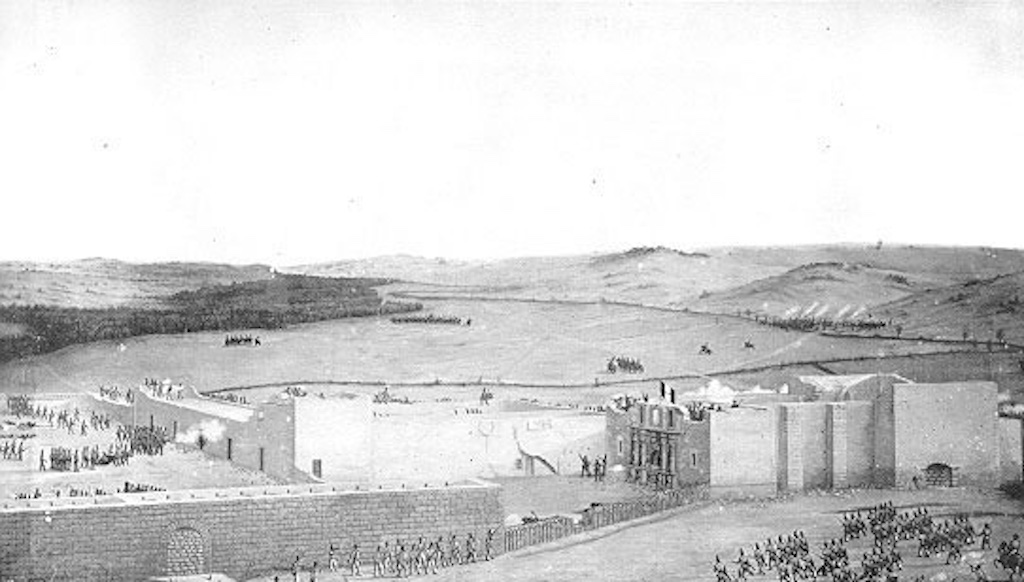
As the defenders began to realize they were losing the fort, some tried to flee over the east wall but were met by Mexican troops who were stationed to target escapees. Others were ordered to retreat to the fort's church for a last stand, according to Smithsonian Magazine. However, they were still outnumbered. Eventually, less than two hours after launching its attack, the Mexican army achieved victory. Although seven defenders are thought to have survived the battle, they were afterwards executed by the Mexican forces, according to the TSHA. Women, children and slaves were allowed to live and leave the Alamo.
The Texans didn't win at the Battle of the Alamo, but it further motivated them to fight for their independence. As they rebuilt their army, they adopted a new battle call — "Remember the Alamo!" According to Alamo.org, the Texians' eventual victory came on April 21, 1836, at the Battle of San Jacinto, when Santa Anna’s army was resoundingly defeated. The Mexican president was captured the following day and agreed to recognize Texas’ independence.
Additional resources
- Read about how two women saved the Alamo in this book: "The Second Battle of the Alamo"
- Learn more about the Mexican General: Santa Anna, Antonio Lopez de
- Visit the official website of the Alamo at TheAlamo.org

Ailsa is a staff writer for How It Works magazine, where she writes science, technology, history, space and environment features. Based in the U.K., she graduated from the University of Stirling with a BA (Hons) journalism degree. Previously, Ailsa has written for Cardiff Times magazine, Psychology Now and numerous science bookazines. Ailsa's interest in the environment also lies outside of writing, as she has worked alongside Operation Wallacea conducting rainforest and ocean conservation research.


